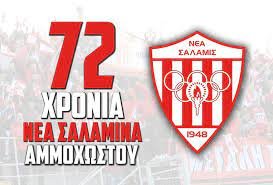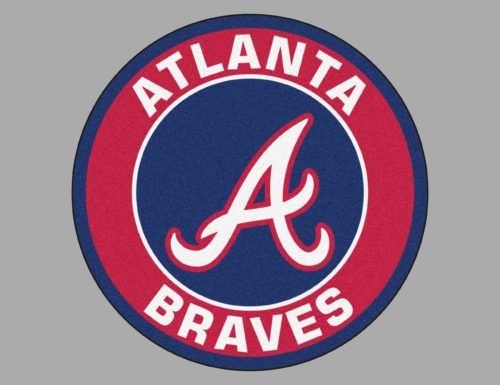
Nea Salamis FC
Nea Salamis FC is a storied football club based in Cyprus, renowned for its passionate fan base, historical significance, and competitive spirit. As an integral part of Cypriot football, Nea Salamis FC embodies resilience, tradition, and ambition. This article aims to explore the club’s rich history, its evolution over the years, key achievements, notable players, and future prospects. Whether you are a dedicated supporter or a casual football enthusiast, understanding the journey of Nea Salamis FC offers valuable insights into Cypriot football culture and the enduring spirit of this iconic club 8kbet.
The Historical Origins and Evolution of Nea Salamis FC
The foundation of Nea Salamis FC dates back to the early 1940s, a period marked by political upheaval and social change in Cyprus. The club’s inception was driven by local youth and football enthusiasts seeking to establish a symbol of unity and pride amid turbulent times. Over the decades, the club has undergone significant transformations, both on and off the pitch, shaping its identity within Cypriot sport.
The founding years and early struggles
Nea Salamis FC was officially founded in 1948, emerging from the desire to promote football across the Famagusta district. During its nascent stages, the club faced numerous challenges—from limited resources to competition with more established teams. The post-World War II era was a crucial time for sporting organizations in Cyprus, as they sought to build infrastructure and attract talented players.
In its formative years, Nea Salamis FC participated mainly in local tournaments, gradually gaining recognition through its spirited performances. Its initial squad comprised young local talents eager to showcase their skills and represent their community on larger platforms. Despite financial constraints and political tensions that occasionally hampered progress, the club’s resilient attitude kept it afloat, laying a sturdy foundation for future growth.
Growth and development through the decades
From the 1950s onward, Nea Salamis FC began to expand its reach beyond local contests. The club secured its first major league participation during the 1960s, stepping into the Cypriot First Division. This period was characterized by a mix of triumphs and setbacks, reflective of the broader socio-political landscape, especially considering the ongoing conflict in Cyprus during the 1960s and 1970s.
The club’s ability to maintain stability amidst instability demonstrated its deep-rooted connection with the community. Throughout these years, Nea Salamis FC forged rivalries, built youth academies, and cultivated a distinct playing philosophy—emphasizing technical skill and team cohesion. These efforts paid dividends, as they nurtured local talent and kept the club competitive at the national level.
Impact of the Turkish invasion and subsequent rebuilding
The Turkish invasion of Cyprus in 1974 dramatically altered the trajectory of many Cypriot institutions, including Nea Salamis FC. The city of Famagusta, where the club was based, was occupied, forcing the club to relocate its base of operations. The move was not just logistical but symbolic, representing displacement and resilience simultaneously.
Despite losing its original home ground and facing economic hardships, Nea Salamis FC persisted. The club re-established itself in Nicosia, embracing the challenge of rebuilding a new identity while honoring its roots. The period following 1974 was pivotal, galvanizing players, supporters, and management to rally behind the club’s survival and success.
The relocation spurred innovative approaches to club management, recruitment, and community engagement. Nea Salamis FC adopted a broader perspective, aiming to unite Cypriots from different regions and backgrounds. Over the subsequent decades, the club steadily climbed the ranks, securing its place among Cyprus’ most respected football teams.
Modern era and contemporary achievements
Entering the 21st century, Nea Salamis FC continued to evolve technologically and strategically. The advent of modern training methods, data analytics, and international collaborations transformed how the club approached competition. It maintained its reputation as a developer of young talent, often competing for top spots in the Cypriot league.


